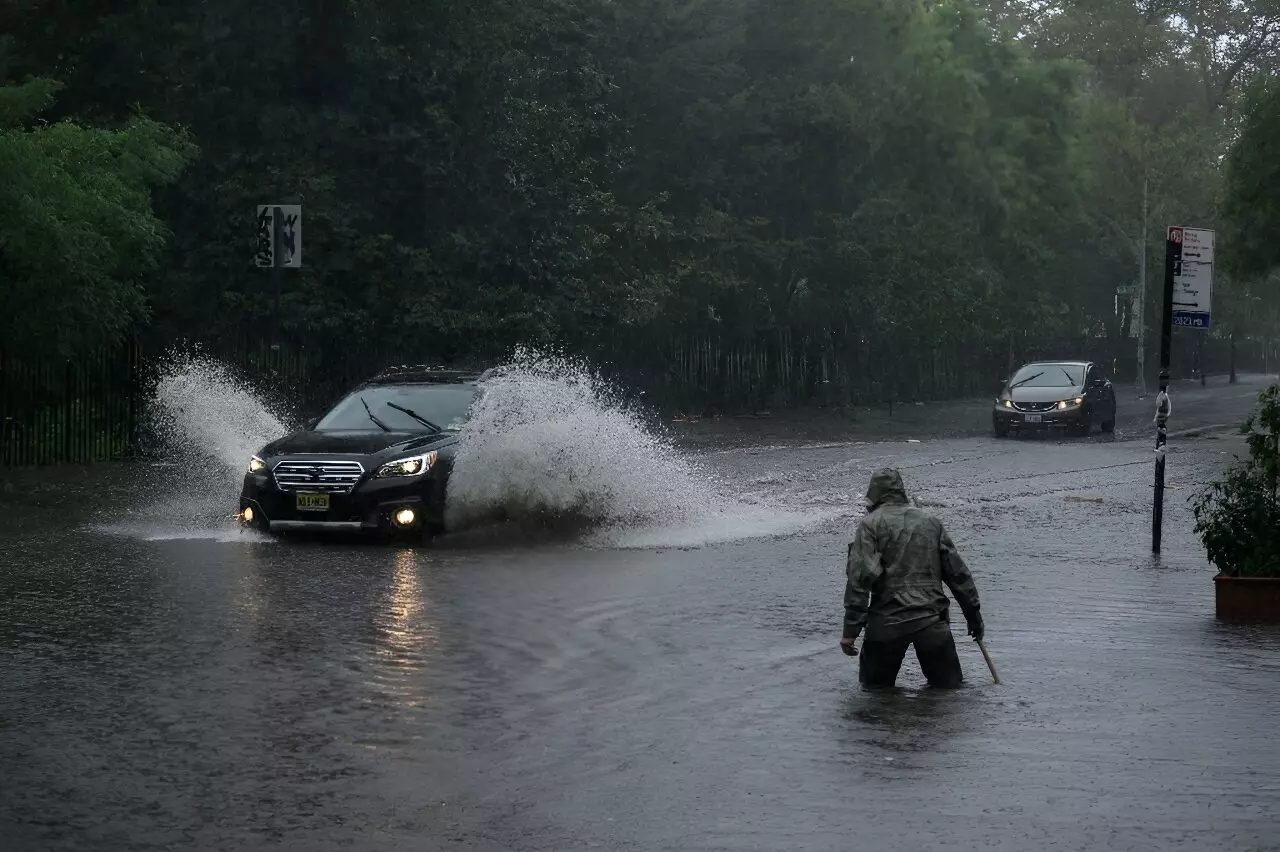A recent study led by a World Bank economist has revealed a deeply concerning trend in human settlement patterns. The research warns that settlements in flood zones have been expanding at an alarming rate, far surpassing growth in safe areas since 1985. This worrisome trend is especially prevalent in East Asia and the Pacific region, driven primarily by urban expansion in China, Vietnam, and Bangladesh. The consequences of this rapid growth in flood-prone areas are dire, as it increases exposure to potential flooding, amplifying future losses, and necessitating substantial investments in flood protection.
Unlike previous studies that focused on specific regions or types of flooding, this research provides a comprehensive analysis of flood risks worldwide, encompassing coastal, rainfall, and river flooding. By analyzing 30 years of satellite imagery and flood maps, the study found that by 2015, 20 percent of all settlement areas were located in zones with medium or higher flood risks, marking a significant increase from 17.9 percent in the preceding three decades. While the percentage rise may not appear drastic, the sheer size of the affected area is astronomical, considering the rapid expansion of human settlements globally since 1985. Approximately 76,400 square kilometers of human settlement, equivalent to 48 times the size of greater London, face flooding of over half a meter.
The study underscores the fact that human settlement patterns, rather than factors like climate change or deforestation, are the primary drivers of the expanding flood zones. As such, it becomes imperative for policymakers to address settlement trends in order to mitigate flood risks. By occupying hazardous areas, such as riverbeds or floodplains, new developments disproportionately place themselves in harm’s way. This alarming trend results in a built environment that not only exacerbates exposure to flooding but also necessitates mounting investments in flood-protection measures. It is essential to halt this trend and reconsider urbanization policies if we are to effectively reduce the risk of flooding.
East Asia and the Pacific region face some of the highest levels of exposure to flooding, largely due to the urban expansion in China, Vietnam, and Bangladesh. In Vietnam, where nearly one-third of the coastline is already developed, safe and productive locations are becoming increasingly scarce. As a result, new developments are being pushed onto hazardous land that was previously avoided. This concentration of settlements in high-risk areas not only endangers lives and property but also hampers sustainable development.
While it is important to acknowledge the existence of flood protection systems, such as the intricate network of dikes and levees in the Netherlands, this study emphasizes the limitations of these defenses. The research focuses on rather rare and intense flood scenarios that even most high-income countries cannot adequately protect against. Thus, it is evident that regardless of the flood protection measures in place, the expansion of settlements in high-hazard areas still poses a significant risk that necessitates immediate attention.
The study acknowledged that it did not factor in potential increases in flood risks resulting from climate change, deforestation, or alterations to riverbeds. However, the lack of evidence suggesting a comparable expansion of flood zones to human settlements in known risk areas reinforces the conclusion that settlement patterns remain the primary concern for policymakers. While climate change undeniably exacerbates the risk of devastating floods due to increased atmospheric moisture, it is imperative to first address the settlement trend itself as a means of reducing exposure to flooding.
Understanding the current trend of settlement in flood zones must serve as the starting point for policymakers. Instead of merely focusing on reducing existing risks, countries must prioritize halting the increase in exposure to floods. Without prompt and decisive action, the consequences could be severe, both in terms of human lives and economic losses. Furthermore, adopting sustainable urbanization policies that prioritize safe locations and avoid hazardous areas is crucial for long-term resilience and development. Only by breaking the cycle of expanding settlements in high-risk zones can we effectively mitigate the risks associated with flooding and create a safer future for communities worldwide.


Leave a Reply